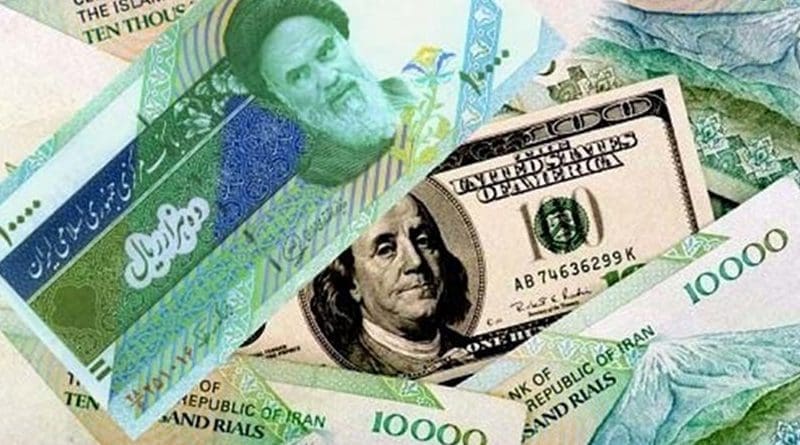Iran’s Looming Pension Funds Crisis – OpEd
The condition of bankruptcy facing Iran’s pension funds paints a bleak picture of the country’s future, especially as the predicted aging tsunami has yet to begin. This situation is significantly exacerbated by the government’s political interventions, legislation, and the granting of exemptions and state privileges. Instead of providing equivalent financial support, the government has placed the heaviest burdens on the shoulders of workers to partially support society.
The retirement system, aiming to reduce poverty and ensure a dignified life for the elderly, is critically incapacitated. It faces severe financial challenges, with the Social Security Organization reporting that the average income for the elderly falls below the poverty line. Currently, about 70% of payments to three-person households are below the poverty threshold.
Moreover, only 31% of the working-age population contributes to pension funds, with just about 35 to 40% of the elderly population covered by these funds. These funds are battling financial instability, high costs, and imbalances in the retirement system. The financial volatility associated with these funds is increasing and is almost equivalent to the country’s total budget deficit.
Since 2011, the government’s debt to the national pension fund has significantly multiplied, marking a concerning trend. At best, the Social Security Organization now possesses only 15% of the necessary resources. Without urgent measures, it will soon face severe issues. The assets of pension funds are insufficient to cover their debts. Even if the Social Security Organization liquidates its assets and claims from the government, it can only fulfill 15% of its future commitments to current members.
This percentage is even lower for government organizations, typically estimated between 8 to 14%. Yet, even at 15%, more than 85% of pension fund commitments remain unaddressed.
The crisis in pension funds can be attributed to various factors, including demographic changes, economic downturns, management issues, corruption, political interventions, and the enactment of inappropriate laws. Globally, demographic changes are recognized as one of the main crisis factors for pension funds.
The average age of pension fund members is significantly higher than that of the general population, a result of political interventions and the country’s adverse economic conditions. Since 2008, Iran has faced national wealth production crises and inflationary recessions, exacerbating the pension funds’ situation.
High inflation further deepens the crisis in pension funds. Between 2000 and 2005, the job market grew by an average of 4.5%. However, since 2005, Iran’s labor market growth has been less than 1% for a 15- to 20-year period.
Other factors like inflation have also pressured pension funds, with inflation rates exceeding 25% over the past 23 years, occasionally reaching above 35 to 40%. These issues contribute to the financial difficulties faced by pension funds.
Political interventions and laws encouraging early retirement, exemptions, or government privileges have damaged the system. The government has shifted the responsibility for social welfare to workers without bearing equivalent costs. Since 2002, issues such as pension fund crises and population growth threatening social security have been highlighted.
These challenges stem from economic reasons, demographic changes, political interventions, extensive legislation, and the absence of a comprehensive social policy approach.
The government’s failure to pay its debts to pension funds indicates an unsustainable and improper distribution of financial resources. The current government debt to pension funds is about 6,000 trillion rials, roughly 25% of the country’s budget. This trend could lead to a budget deficit for social security that is 3.5 times the national budget in the next two decades.
Facing an aging tsunami in the next two decades, the current retirement system is ill-equipped to manage this challenge. Currently, only 7% of the population is considered elderly, but this figure is expected to rise to 26% in the coming years. Today, over 60% of the elderly are inadequately supported, with 40% living below the poverty line.
As the government turns to printing money to fund pension funds, it places significant inflationary costs on society to meet the needs of 40% of the population. Undoubtedly, the government’s inability to address societal issues has become a factor in creating problems.
However, the issue isn’t just the government’s failure to pay its debts to pension funds. In recent years, news of significant embezzlements from these funds has been prevalent. Moreover, these funds have become the government’s secret resource for covering budget deficits. Another contributing factor is the failure to invest the funds’ capitals in profit and wealth regeneration, which has significantly undermined the country’s social security system under the current governance.

